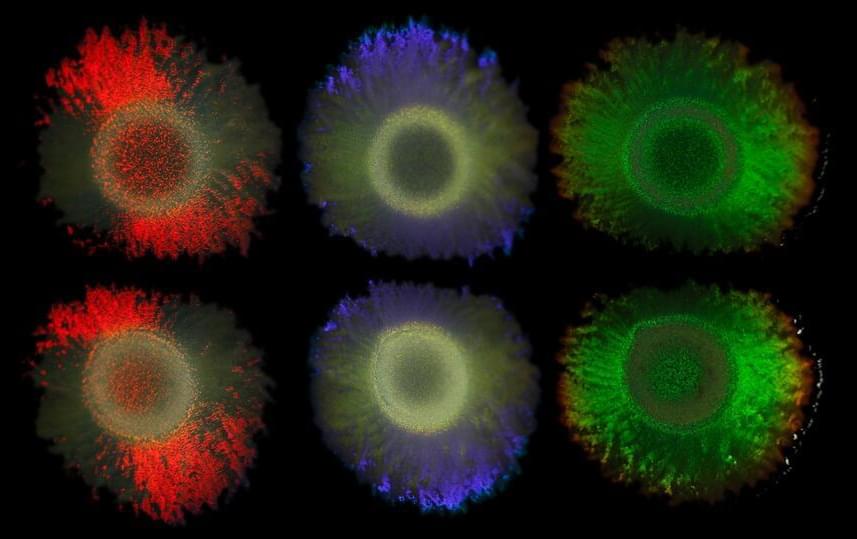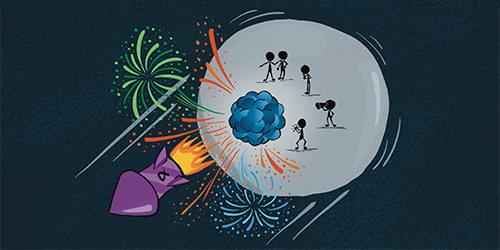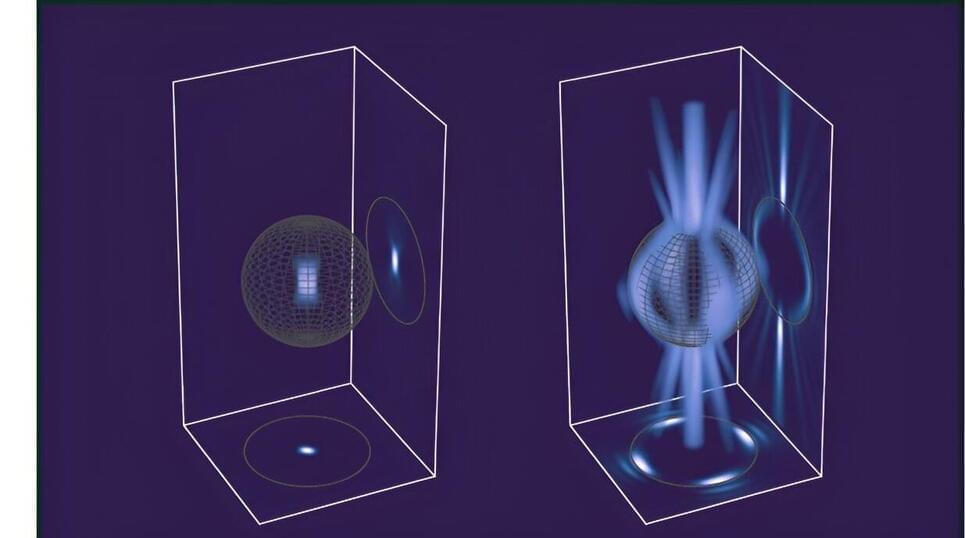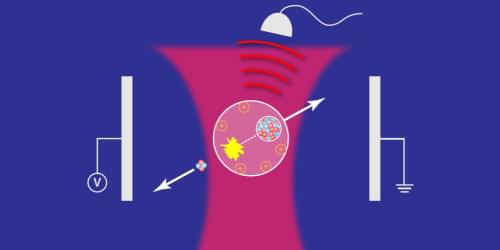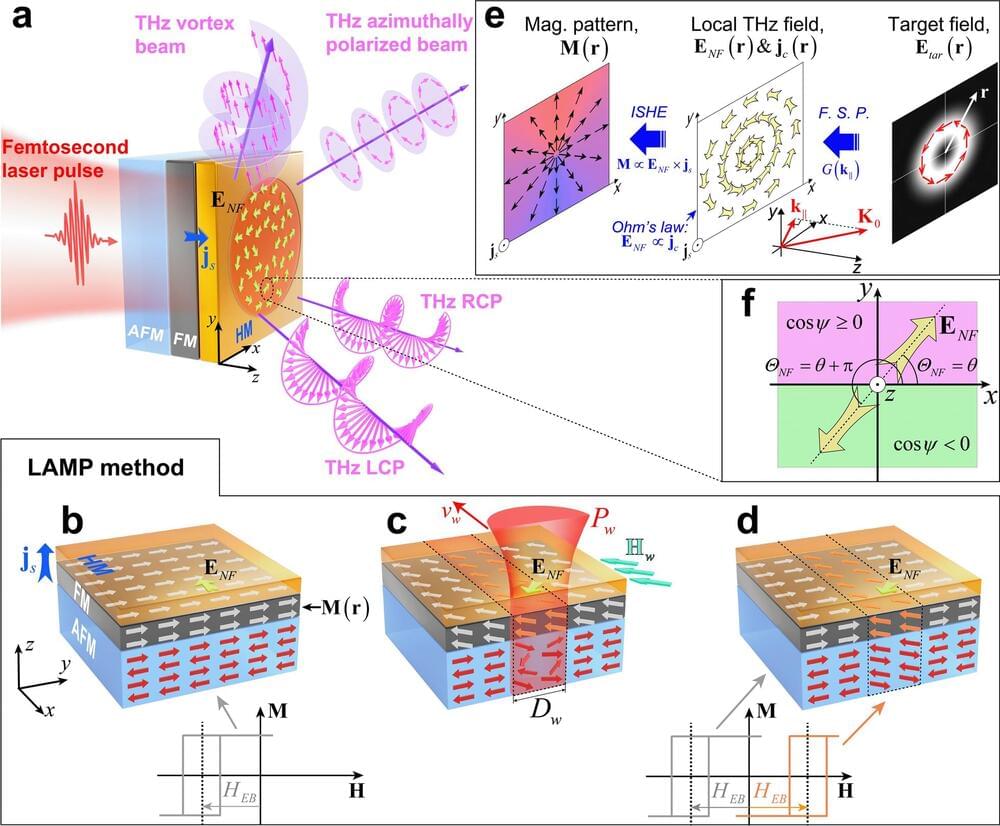Is consciousness a scientific problem to be solved? Or a philosophical problem that will remain a mystery? What do scientists who study the brain think? And why do they think the way they do? These leading brain scientists share their intimate ideas about how the brain generates consciousness.
Free access to Closer to Truth’s library of 5,000 videos: http://bit.ly/376lkKN
Watch more interviews on neuroscience and the hard problem of consciousness: https://bit.ly/3NZ2gn5
Arnold B. Scheibel was a Professor of Neurobiology and Psychiatry and former Director of the Brain Research Institute (BRI) at UCLA.
Register for free at CTT.com for subscriber-only exclusives: http://bit.ly/2GXmFsP
Closer to Truth, hosted by Robert Lawrence Kuhn and directed by Peter Getzels, presents the world’s greatest thinkers exploring humanity’s deepest questions. Discover fundamental issues of existence. Engage new and diverse ways of thinking. Appreciate intense debates. Share your own opinions. Seek your own answers.
